Builders Waste Clearance in Clearance Sucks
Understanding the Challenges of Builders Waste Clearance
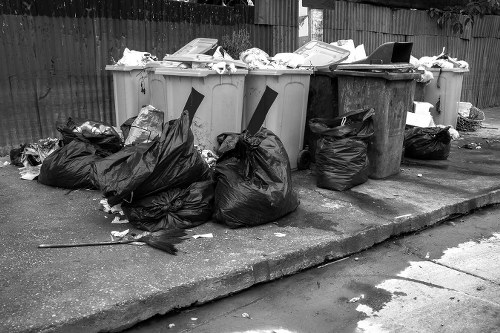
Builders waste clearance is a critical aspect of any construction project. However, many professionals find the process daunting, often describing it as "clearance sucks." The complexity arises from the variety of materials involved, regulatory requirements, and the need for efficient disposal methods.
Effective waste management for builders not only ensures compliance with environmental regulations but also promotes sustainability within the construction industry. Neglecting proper clearance can lead to significant environmental and financial repercussions.
One of the primary challenges in builders waste clearance is the categorization and separation of different types of waste. From concrete and wood to metals and hazardous materials, each category requires specific handling and disposal methods.
Regulatory Compliance
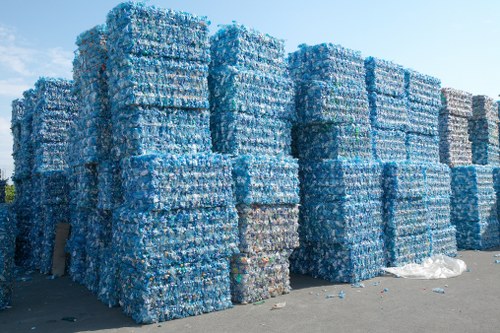
Compliance with local and national regulations is non-negotiable in builders waste clearance. Failure to adhere to these laws can result in hefty fines and project delays. Understanding the legal framework surrounding waste disposal is essential for any construction project.
Key regulations often pertain to the handling of hazardous materials, recycling mandates, and reporting requirements. Builders must stay informed and ensure that their waste clearance processes align with these standards.
Implementing a comprehensive waste management plan from the outset can help navigate the regulatory landscape effectively, ensuring that all disposal activities are lawful and environmentally responsible.
Strategies for Efficient Waste Management
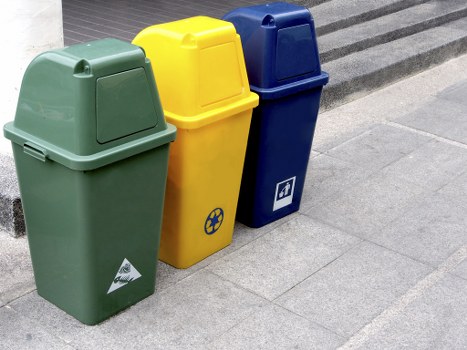
Adopting efficient waste management strategies can significantly alleviate the burdens associated with builders waste clearance. These strategies not only streamline the disposal process but also reduce costs and environmental impact.
One effective approach is waste minimization, which involves reducing the volume of waste generated during construction. This can be achieved through careful planning, precise material usage, and recycling initiatives.
Another crucial strategy is the implementation of an organized waste segregation system. By categorizing waste at the source, builders can ensure that recyclable and non-recyclable materials are handled appropriately, facilitating easier and more efficient disposal.
Choosing the Right Waste Clearance Service

Selecting a reliable waste clearance service is paramount for the success of any construction project. An experienced service provider can offer tailored solutions that meet the specific needs of builders waste clearance.
Factors to consider when choosing a service include the company's compliance with environmental regulations, their ability to handle various types of waste, and their reputation within the industry.
Collaboration with a proficient waste clearance company ensures that all materials are disposed of responsibly, reducing the environmental footprint of the construction project.
Innovations in Builders Waste Clearance
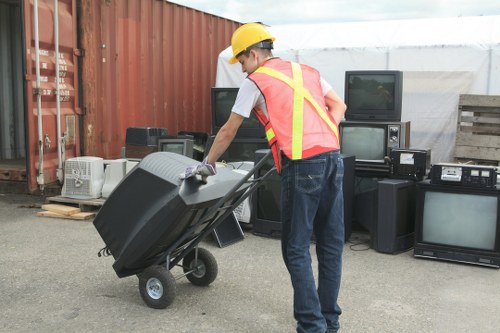
The field of builders waste clearance is continually evolving, with innovations aimed at enhancing efficiency and sustainability. Technological advancements play a significant role in transforming traditional waste management practices.
For instance, the use of automation and data analytics can optimize waste collection routes, reduce transportation costs, and minimize carbon emissions. Additionally, advancements in recycling technologies enable the recovery of valuable materials from construction debris.
Embracing these innovations can help builders overcome the challenges associated with waste clearance, making the process more streamlined and environmentally friendly.
Cost-Effective Waste Clearance Solutions
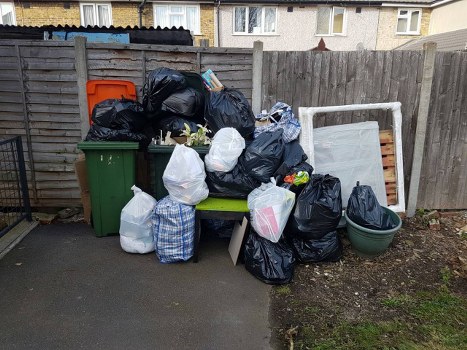
Managing costs is a critical concern in any construction project, and waste clearance is no exception. Implementing cost-effective waste management solutions can lead to substantial savings and improved project profitability.
One approach is to integrate waste management into the overall project budget from the beginning, avoiding unexpected expenses related to disposal and compliance fines.
Additionally, investing in recycling and reuse can reduce the amount of waste requiring disposal, thereby cutting costs and promoting sustainable practices within the construction industry.
Environmental Impact of Builders Waste
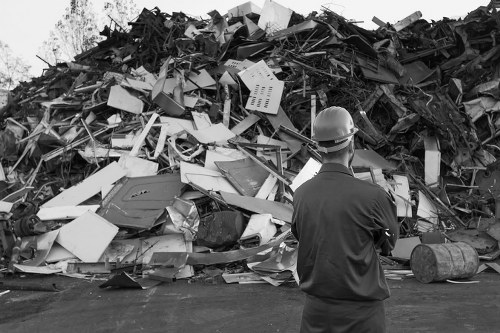
The environmental impact of builders waste clearance cannot be overstated. Improper disposal of construction debris can lead to soil and water contamination, harm to wildlife, and increased carbon emissions.
Prioritizing sustainable waste management practices is essential for mitigating these environmental risks. This includes recycling materials, reducing waste generation, and ensuring responsible disposal of hazardous substances.
By adopting environmentally friendly waste clearance methods, builders can contribute to the preservation of natural resources and the overall health of the ecosystem.
The Role of Technology in Waste Clearance

Technology is revolutionizing the landscape of builders waste clearance, offering innovative solutions that enhance efficiency and sustainability. From advanced sorting systems to real-time tracking, technological tools are becoming indispensable in modern waste management.
Smart waste management systems utilize sensors and data analytics to monitor waste levels, predict disposal needs, and optimize waste collection schedules. This results in reduced operational costs and minimized environmental impact.
Furthermore, digital platforms facilitate better communication and coordination between builders and waste clearance services, ensuring a seamless disposal process throughout the project lifecycle.
Best Practices for Builders Waste Clearance

Implementing best practices in builders waste clearance can lead to more efficient, cost-effective, and environmentally responsible construction projects. Adhering to established guidelines ensures that waste management processes are optimized and compliant with regulations.
Some of the best practices include:
- Conducting a waste audit to understand the types and volumes of waste generated.
- Developing a comprehensive waste management plan tailored to the specific needs of the project.
- Training staff on proper waste segregation and disposal techniques.
- Collaborating with certified waste clearance services that prioritize sustainability.
- Regularly reviewing and updating waste management practices to incorporate new technologies and methodologies.
Benefits of Effective Waste Clearance
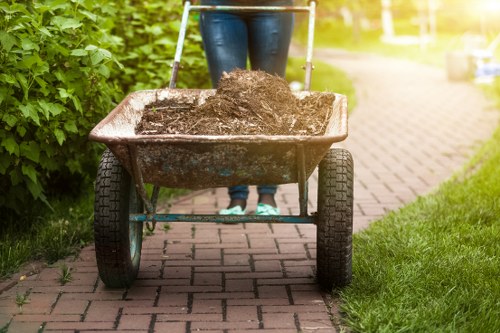
Effective builders waste clearance offers numerous benefits beyond regulatory compliance and environmental protection. These advantages can significantly enhance the overall success of construction projects.
Key benefits include:
- Cost Savings: Efficient waste management reduces disposal costs and minimizes project overruns.
- Improved Site Safety: Properly cleared sites reduce hazards, promoting a safer working environment.
- Enhanced Reputation: Committing to sustainable practices boosts the reputation of builders and attracts environmentally conscious clients.
- Resource Conservation: Recycling and reusing materials conserve natural resources and reduce the demand for new materials.
- Regulatory Adherence: Staying compliant with waste disposal regulations prevents legal issues and financial penalties.
Future Trends in Builders Waste Clearance
[IMG_11]The future of builders waste clearance is poised for significant transformation, driven by technological advancements and a growing emphasis on sustainability. Anticipating these trends can help builders stay ahead and adopt innovative waste management strategies.
Emerging trends include the increased use of artificial intelligence and machine learning to optimize waste collection and sorting processes. Additionally, the integration of circular economy principles encourages the continuous reuse and recycling of materials, further reducing waste generation.
As the construction industry evolves, so too will the methods and technologies used in waste clearance, fostering a more sustainable and efficient future.
Implementing Sustainable Waste Practices
[IMG_12]Implementing sustainable waste practices is no longer optional but a necessity for builders committed to environmental stewardship. Sustainable practices ensure that waste clearance processes are aligned with eco-friendly principles, promoting long-term environmental health.
Strategies for sustainability in waste clearance include:
- Recycling and Reusing Materials: Prioritize the recovery and reuse of materials to minimize landfill dependency.
- Energy Recovery: Utilize waste-to-energy technologies to convert non-recyclable waste into usable energy.
- Green Procurement: Source materials that have a lower environmental impact and are easier to recycle.
- Life Cycle Assessment: Evaluate the environmental impact of materials and processes throughout their lifecycle.
Conclusion: Overcoming the 'Clearance Sucks' Perception
While the process of builders waste clearance is often perceived as challenging and burdensome, adopting strategic approaches and leveraging modern technologies can transform it into a streamlined and efficient operation.
By prioritizing regulatory compliance, implementing best practices, and embracing sustainability, builders can overcome the negative connotations associated with waste clearance. This not only enhances project efficiency but also contributes to broader environmental conservation efforts.
Contact us today to learn how our expert waste clearance services can simplify your construction projects and promote sustainability.